Crawl spaces are essential to many homes, often overlooked but critical to the property’s structural integrity and overall health. Crawl space encapsulation involves sealing the crawl space with a vapor barrier to protect it from moisture intrusion. This process typically includes lining the floor, walls, and sometimes even the ceiling with heavy-duty polyethylene plastic. Additionally, any vents are sealed off to prevent external air from entering. The goal is to create a controlled environment that prevents moisture buildup, which can lead to mold mites and mold damage.
However, one common question arises: Do you need a dehumidifier in a Encapsulated crawlspace?
The Benefits of Crawl Space Encapsulation
Encapsulating your crawl space offers several key benefits:
- Reduced Moisture Levels: By sealing off the crawl space, you significantly reduce the risk of excess moisture entering and accumulating. This is crucial for preventing mold mites and mold damage.
- Improved Air Quality: The dry air in the crawl space helps enhance your home’s overall indoor air quality, reducing allergens and the potential for respiratory issues.
- Energy Efficiency: Sealing off the crawl space can help lower energy bills by reducing the workload on your HVAC system.
- Sructural Integrity: Keeping moisture out of the crawl space helps protect your home’s structural components, such as wooden beams and floor joists, from rot and deterioration.
The Shortcomings of Crawl Space Encapsulation
While crawl space encapsulation is highly effective at controlling moisture, it isn’t without its shortcomings. One significant issue is that encapsulation alone cannot eliminate all moisture. Even with a vapor barrier in place, some moisture can still find its way into the crawl space due to temperature and humidity fluctuations, groundwater intrusion, or minor leaks in the barrier.
The Role of Dehumidifiers in Crawl Spaces
Even in an encapsulated crawl space, humidity can still be a concern. Without proper humidity control, excess moisture can accumulate, leading to mold mites, mold damage, and compromised air quality. Here are several reasons why a dehumidifier is essential for an encapsulated crawl space:
Incorporating a dehumidifier is essential to address the limitations of crawl space encapsulation. A dehumidifier works by extracting excess moisture from the air, maintaining a consistent humidity level that prevents mold mites and mold damage. Here’s why a dehumidifier is critical for an encapsulated crawl space:
1. Mold Prevention
Mold thrives in damp environments. Despite encapsulation, humidity levels can rise due to various factors, such as seasonal changes, soil conditions, or minor leaks. A crawl space dehumidifier like those offered by Alorair can effectively control the humidity levels, preventing the conditions that foster mold growth.
2. Structural Integrity
Excess moisture can weaken the structural components of your home over time. Wood, in particular, is susceptible to rot and decay when exposed to high humidity levels. Using a dehumidifier helps maintain the integrity of your crawl space’s wooden beams, joists, and other structural elements.
3. Enhanced Indoor Air Quality
Humidity control is pivotal in maintaining the overall air quality of your home. High humidity levels can lead to the proliferation of mold spores, which can travel through the HVAC system into living spaces. A crawl space dehumidifier helps to keep the air dry and clean, promoting a healthier living environment.
4. Energy Efficiency
While encapsulation helps make your home more energy-efficient, a crawl space dehumidifier ensures that your HVAC system works optimally. By removing excess moisture from the crawl space, the HVAC system doesn’t have to work as hard to maintain a comfortable environment, resulting in lower energy consumption and cost savings.
Advantages of Alorair Dehumidifiers
AlorAir offers a range of dehumidifiers specifically designed to cater to the unique demands of encapsulated crawl spaces. Here are some top models that stand out in terms of efficiency, reliability, and advanced features:
High Efficiency: Unlike conventional units, AlorAir basement dehumidifiers can operate at temperatures as low as 1°C and automatically defrost in low temperatures without downtime. By preventing the coils from freezing, it ensures optimum performance and longevity.
Durability: Features a rugged metal enclosure that can withstand the harsh environments of basements and crawl spaces. Rare earth alloy tubular evaporator prevents Freon leakage and extends coil life.
Remote Control: The AlorAir also has an optional remote control that makes it easy to adjust crawl space humidity in your room and living room. Monitor and adjust humidity on time to save energy.
Real-time Drainage: The Sentinel HD35P, Sentinel HDi65S with Wifi, and Sentinel HDi90 build in pump also come with a built-in pump, so he has both gravity drain and pump drain to adapt to your different terrain. So you don’t have to empty the tank all the time.
Conclusion
An encapsulated crawl space offers numerous benefits but can still fall victim to excess moisture, mold mites, and mold damage without proper humidity control. Investing in a high-quality dehumidifier is crucial to maintaining a healthy, energy-efficient, and structurally sound home.
Take a step towards improving your indoor air quality today! Discuss your humidity problems with us. Our water damage and restoration experts at alorair.com will help you choose the ideal dehumidifier. When you want to protect your home from humidity issues, Alorair dehumidifiers will exceed your expectations.






-(1).png)
.jpg)
.jpg)
.jpg)

.jpg)
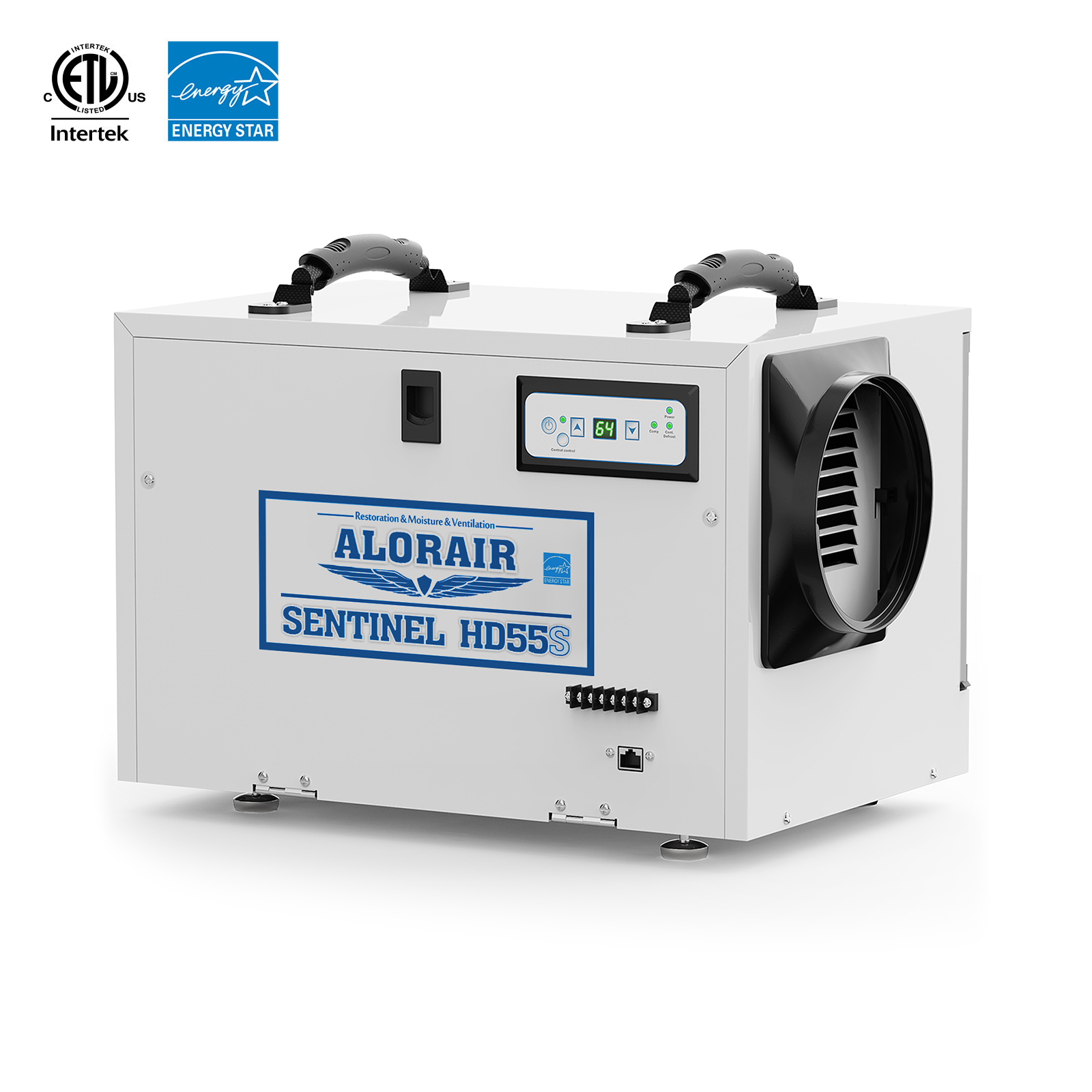
.HDi90.png)
.HD90.png)

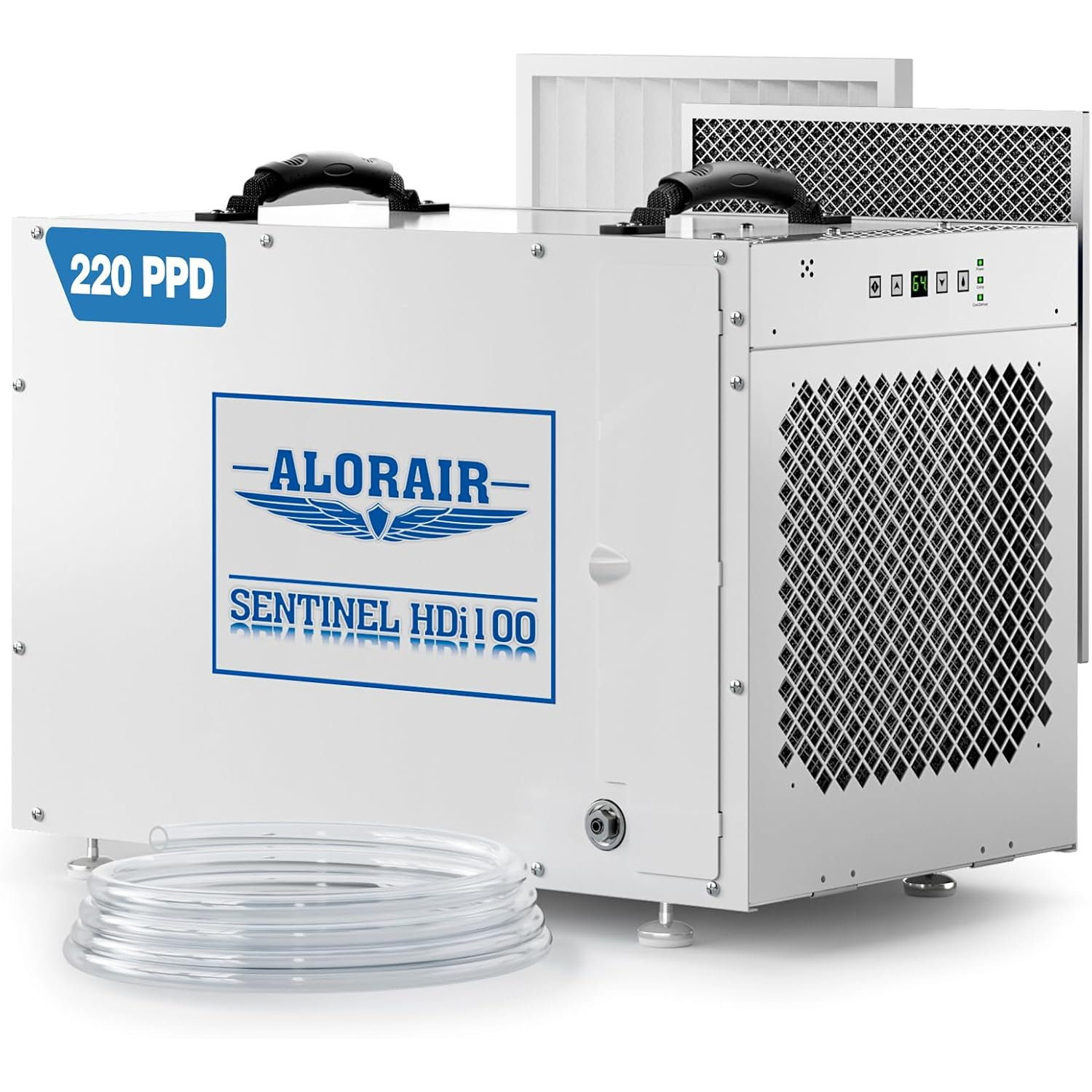

.jpg)
.jpg)
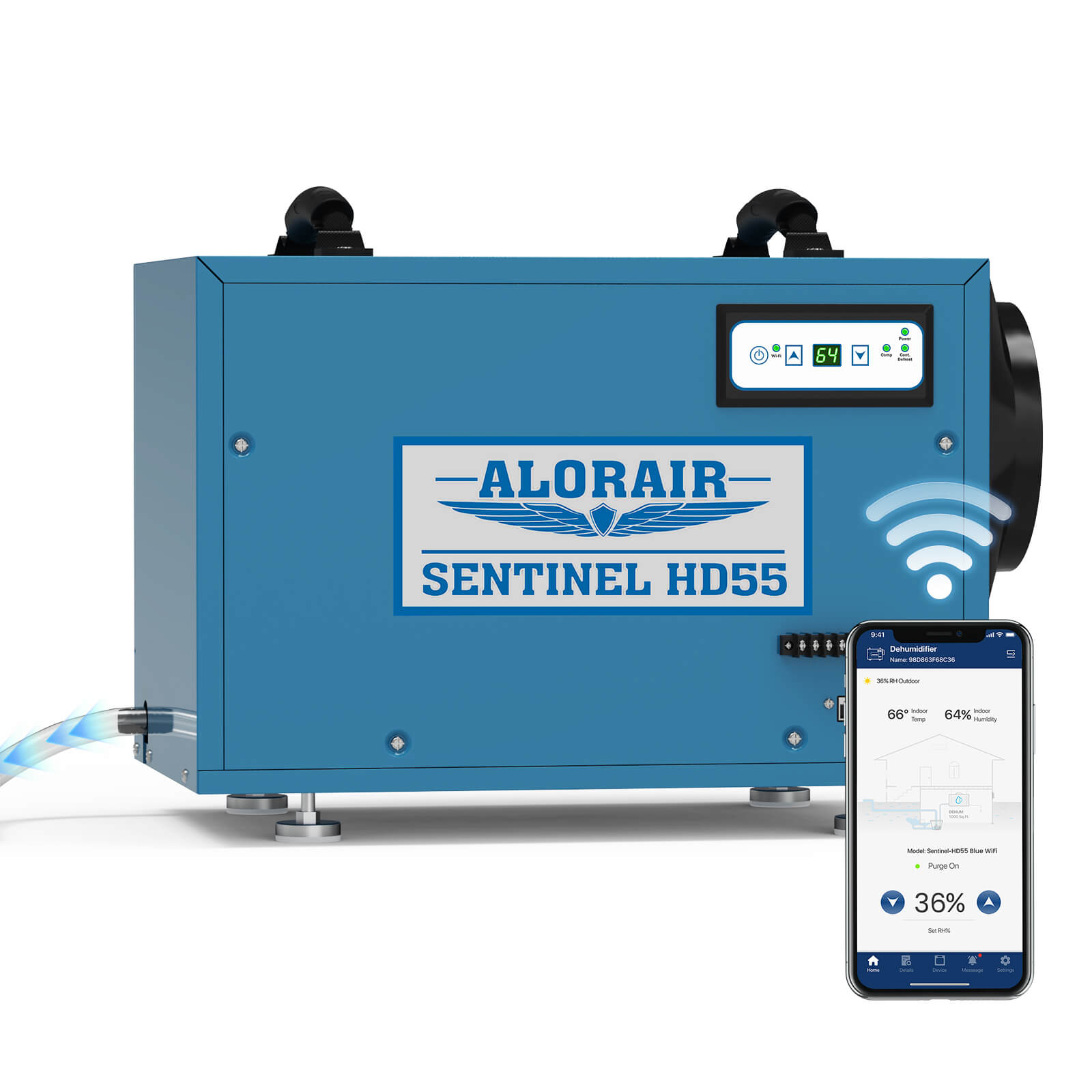
.jpg)
.jpg)
.jpg)





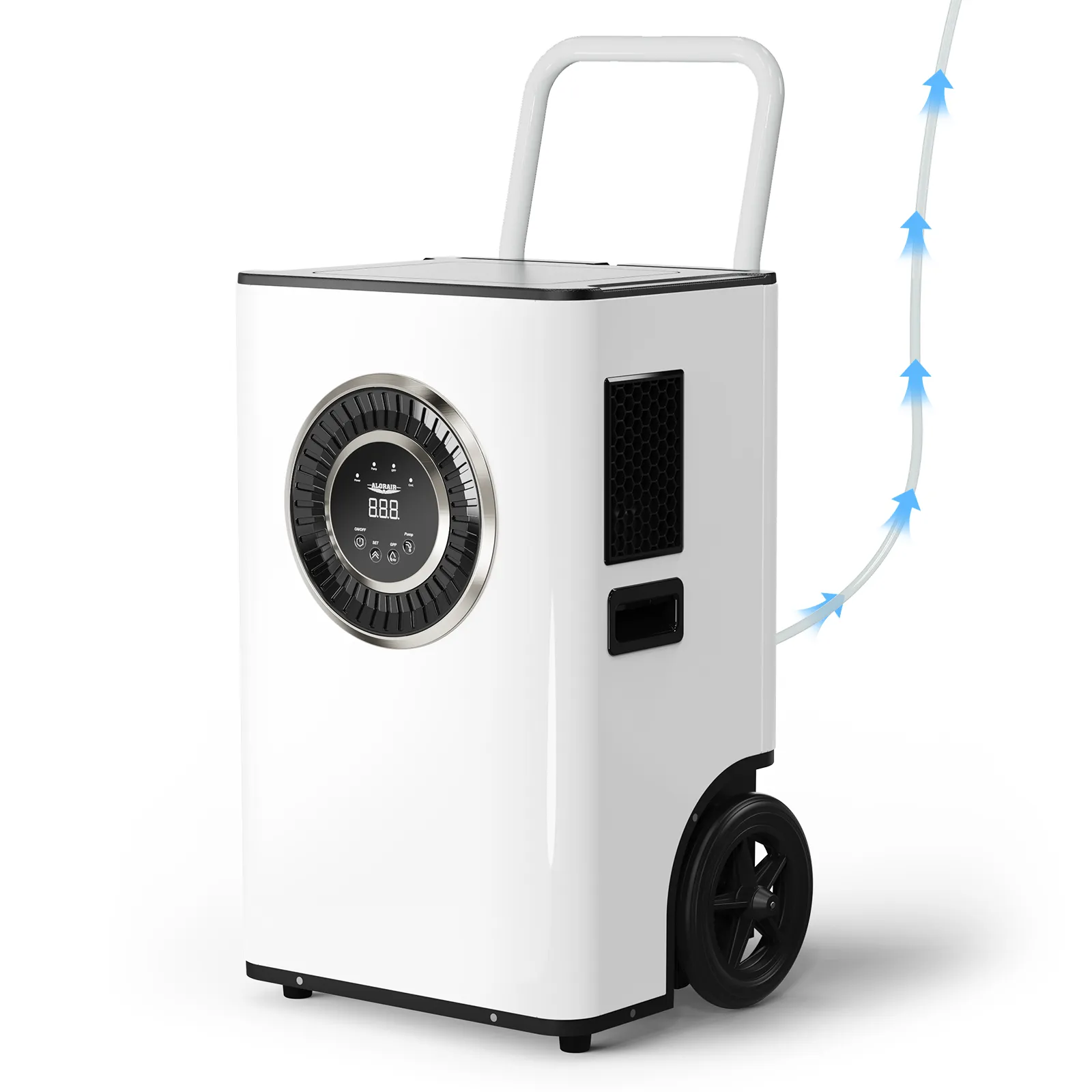
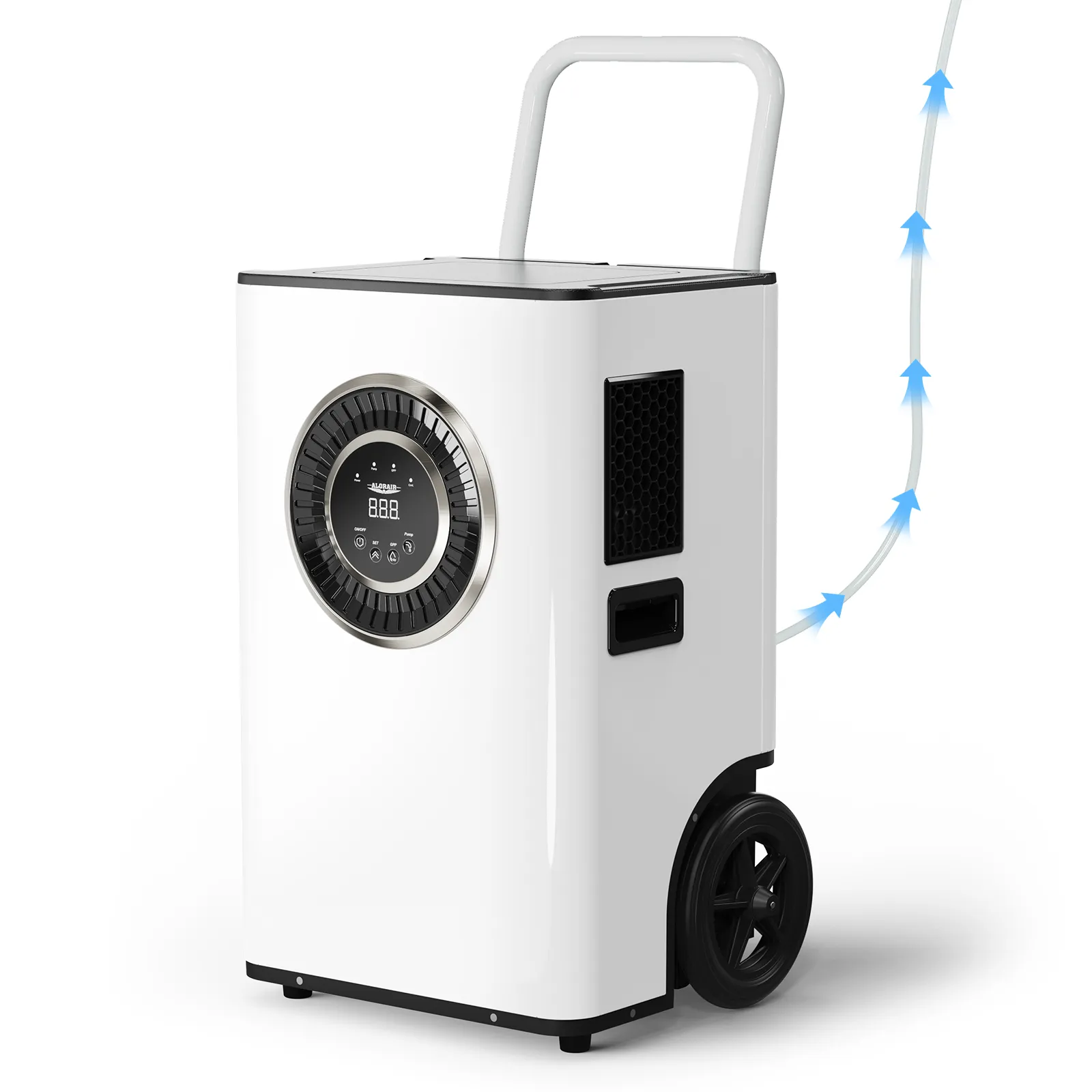
.jpg)
.jpg)
.jpg)





.jpg)
.jpg)











.jpg)
.jpg)








.jpg)
.jpg)












.webp)
.webp)
.webp)
.webp)
.jpg)
.jpg)
.jpg)
.jpg)
.jpg)
.jpg)
.jpg)
.jpg)
.jpg)
.jpg)
.jpg)
.jpg)
.jpg)





.jpg)
.jpg)
















-.jpg)
.jpg)

.jpg)
.jpg)




























 Exclusive offers
promotions
Exclusive offers
promotions

